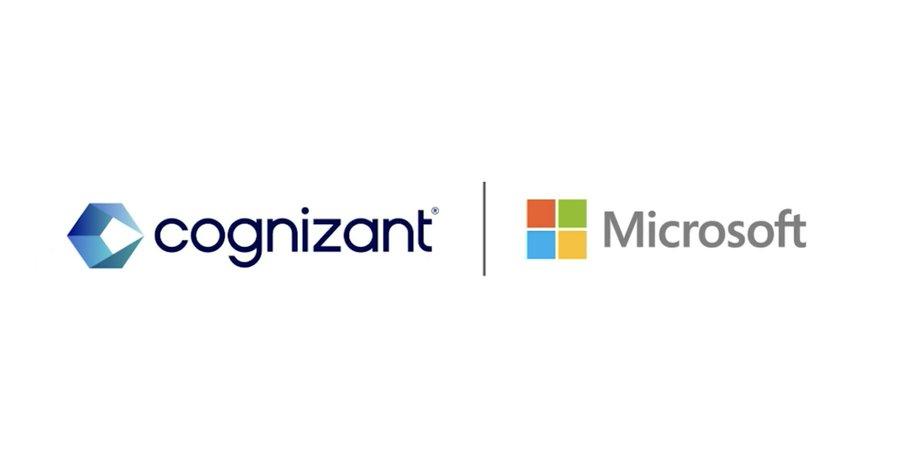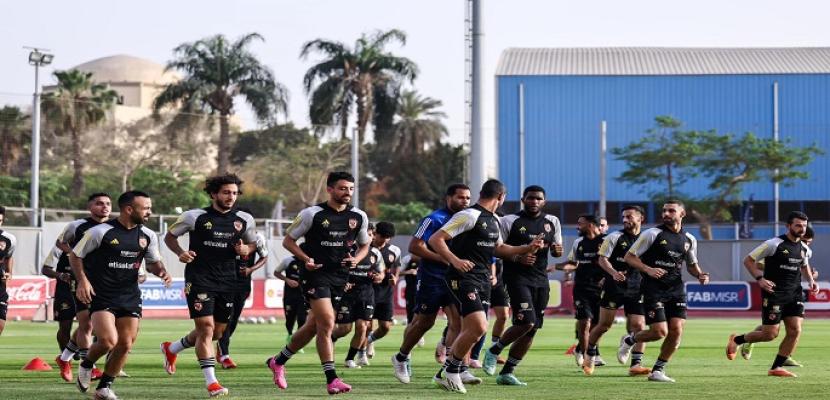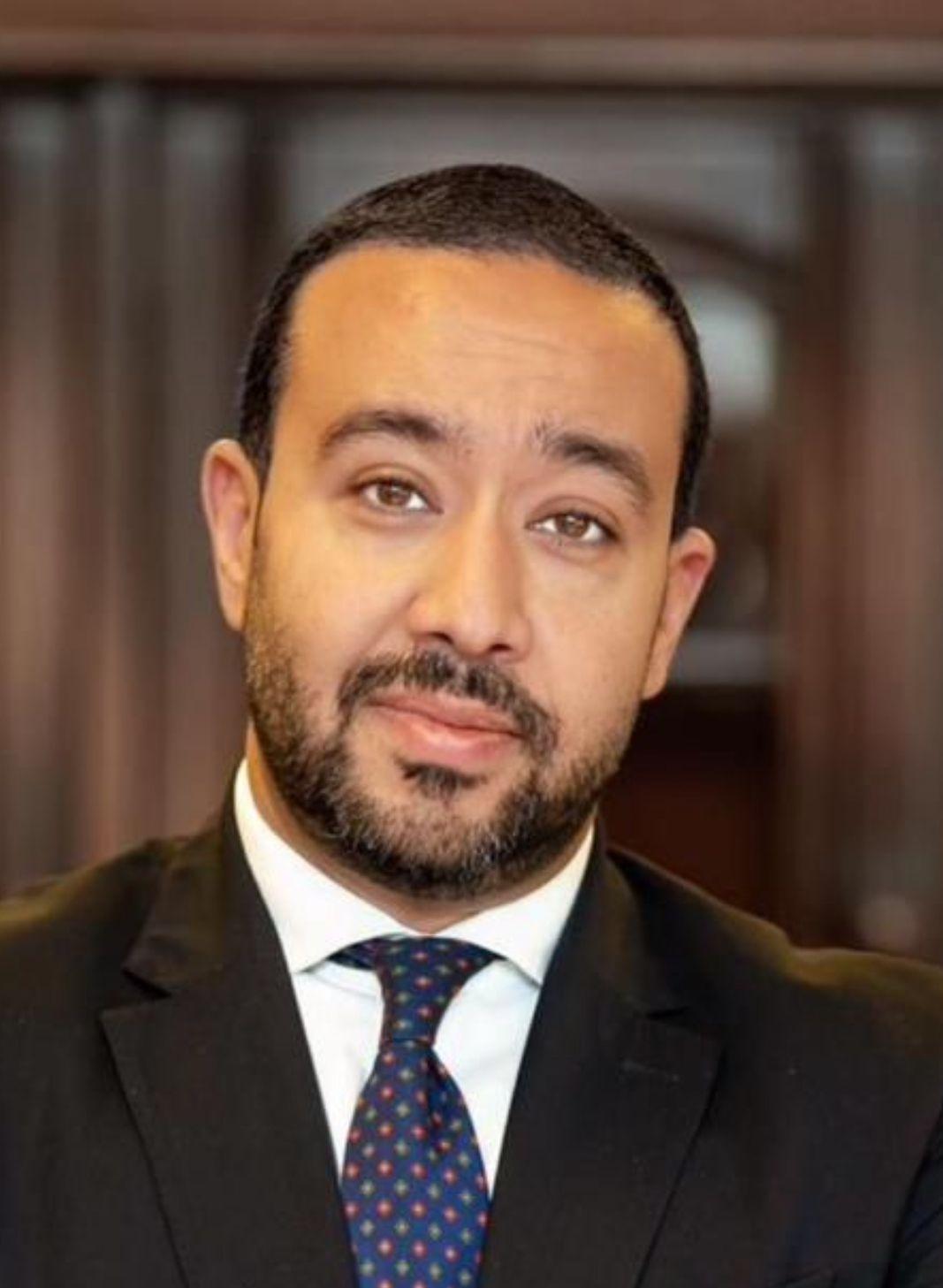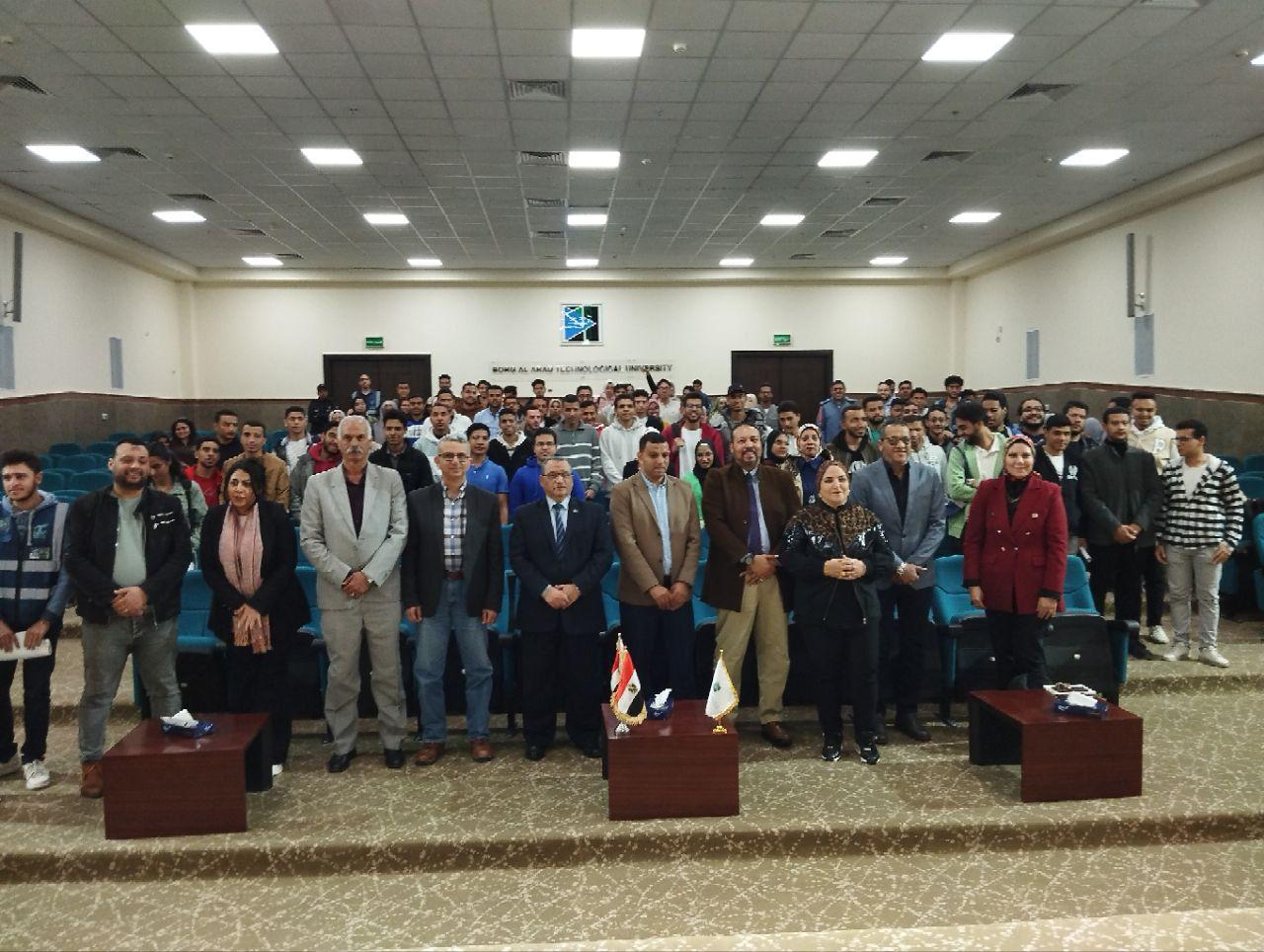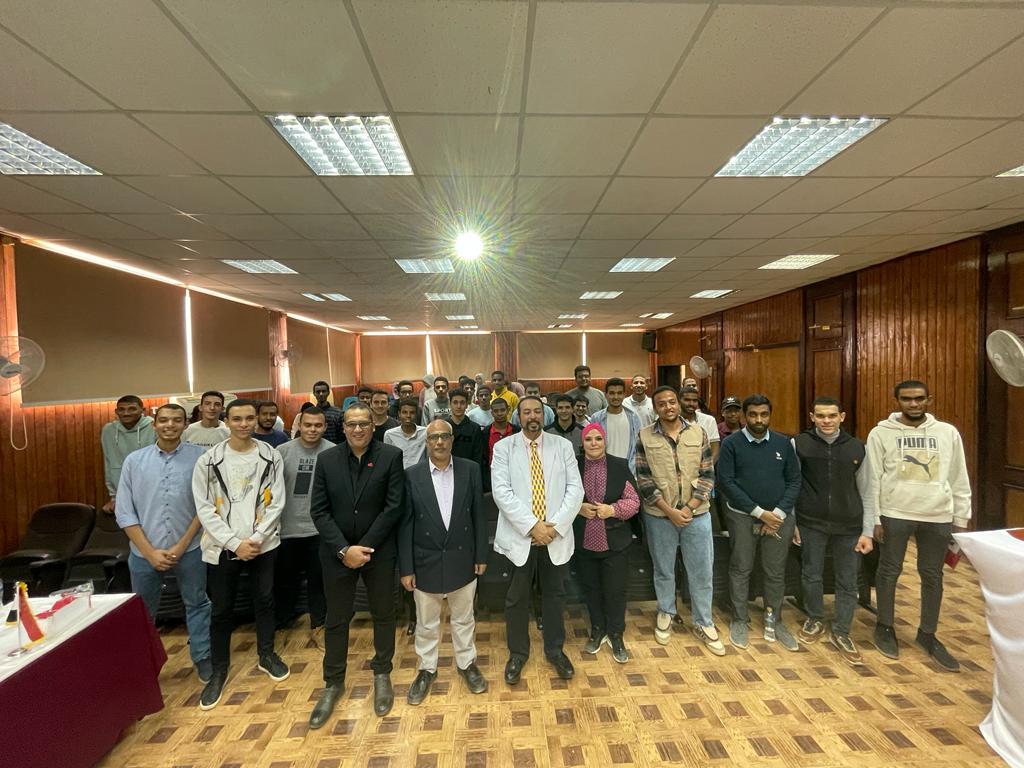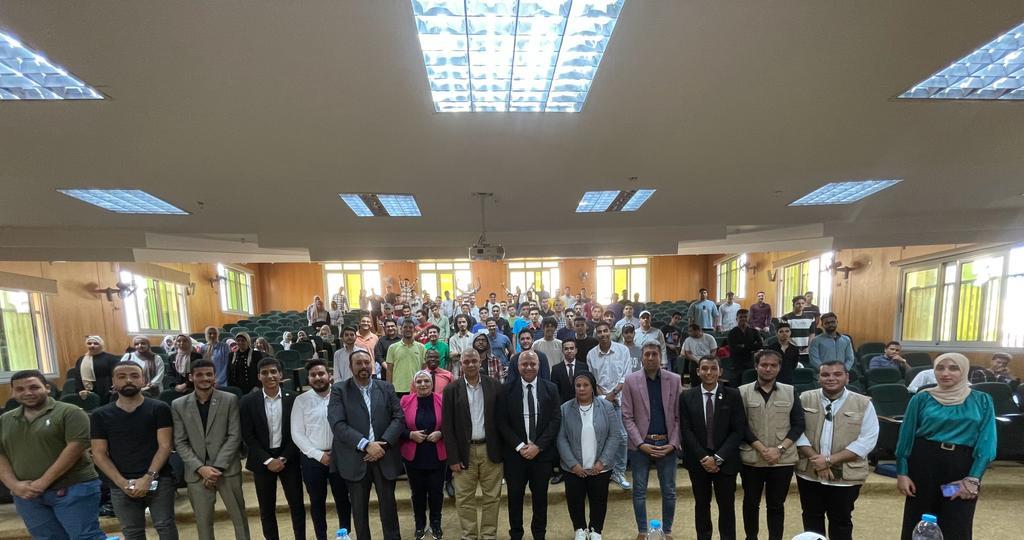- Weaker oil and COVID-19 lockdowns squeeze economic activity and push down 2020 forecasts
- Fiscal responses vary from sharp consolidation (Oman) to modest net stimulus (UAE, Bahrain)
- Coupled with the decline in revenues, all Gulf states will have large deficits to finance for several years
- Stronger PMI data for May suggests that conditions are improving across most Gulf states
- Chart of the quarter: as sustainability becomes more vital post COVID-19, the Gulf has ideal conditions for solar power and continues to build large scale infrastructure
By : Adel Farig
The latest edition of PwC’s Middle East Economy Watch reflects on the dual crisis - COVID-19 and the oil market - and provides a broad overview of its impacts on the region following the policy responses and stimulus packages offered by governments.
Weaker oil, declining GDP growth
Despite the OPEC+ deals in May and June, the oil price outlook remains weak, with the most recent Reuters poll of economists forecasting an average price of just $36/barrel this year, down from $64 in 2019 and only slowly rising to $59 by 2024. Prior to the crisis, most Middle East states were running deficits even with oil at $64, some of them very sizable, making for a very challenging environment overall.
When it comes to GDP, the IMF’s forecasts see a -4.3% contraction in the non-oil sector, nearly 8 percentage points below its pre-crisis forecast of 3.6% growth. If the OPEC+ cuts are fully applied, then GCC oil production will be about 9% less than it was in 2019, which could potentially knock further percentage points off total real GDP, on top of the IMF’s forecasts.
Lockdowns and economic impact
The Gulf states were among the first to respond globally to COVID-19 given their potential exposure from hub airports and expat populations; and many of the region’s countries implemented among the most stringent policies internationally. At their peak, all states in the region scored at least 81/100 on the Stringency Index compiled by Oxford University’s Blavatnik School of Government (by contrast the US peaked at only 71).
The month of April may have been the low point of the regional recession.as the monthly purchasing managers index (PMI) series showed declines to record lows. However, stronger PMI data for May suggests that conditions are improving across most Gulf States, especially in the UAE and Saudi Arabia. Although these improvements may relate to the timing lockdowns/reopenings and the survey collection itself, the picture in the region broadly tracks the earlier experience in China, where a solid rebound in the PMI and other indicators followed lockdown easing.
Policy responses and stimulus packages
Alongside the monetary announcements and cash flow measures by states to help offset the impact of the crisis, governments have rolled out a wide range of fiscal policies, including stimulus to bolster the economy and consolidation measures in response to sharp declines in revenue. These fiscal moves will inevitably have an impact on economic growth, on top of the direct demand shock from the virus and lockdown.
Some of the earliest measures came from central banks, which announced a raft of stimulus measures focused on facilitating bank lending and easing the burden of loan payments for companies facing a temporary cash crunch, particularly SMEs.
One of the largest of these was the UAE’s Target Economic Support Scheme, which initially allocated $27bn in liquidity through zero-interest loans to banks and cuts in capital reserve requirements, while Saudi Arabia offered $13bn of funding to support banks in deferring loan payments and Jordan provided $0.8bn in liquidity by reducing the deposit reserve ratio from 7% to 5%. While it is difficult to judge how effective these measures have been, the fact that interbank lending rates have generally fallen back, after an initial spike in March, is one indicator that the monetary response has been somewhat successful.
Richard Boxshall, Senior Economist at PwC Middle East, notes: “Looking ahead to 2021, there should be a significant rebound in non-oil sectors, as lockdowns end and demand recovers, although oil production will only be slightly higher y/y. The biggest uncertainty for 2021 is the oil price. The consensus forecast of $46 would be an improvement but still far below achievable fiscal breakeven levels for most countries. However, a wide range of prices are currently easily conceivable and leading economists forecast a range of $40-60. The lower case is easily conceivable if the OPEC+ deal breaks down or there is a second wave of infections and lockdowns, while the higher case is also plausible if an effective coronavirus vaccine leads to a V-shaped recovery in global oil demand.
Although the oil market has always been volatile, it is unusual to see such a wide range in forecasts. This uncertainty makes planning very difficult for both governments and for companies that are heavily driven by government spending. It also impacts the non-oil exports in the region, such as Jordan and Lebanon, whose economies are heavily influenced by trade, tourism and remittances from the Gulf.”
Chart of the quarter
The Gulf states may be best known for hydrocarbons, but over the past six years they have repeatedly set new record low prices for solar power. Dubai took the lead for the first time in 2014 when it secured an unsubsidised levelised energy cost (LEC) of 5.99 US cents / kwh for the 200MW second phase of the Mohammed bin Rashid Al Maktoum Solar Park. Since then Gulf states have held the record for all but a few months, tendering successively larger plants.
Richard Boxshall ends: “On the bright side and amid all the challenges, the Gulf has ideal conditions for solar power and the drive to expand capacity is driven by purely commercial considerations as it is now cheaper than burning oil and, in some cases, than developing gas reserves. Although some of the most ambitious schemes have not materialised, the rate of solar and some wind installations continues to grow. Overall, this will enable the Gulf to export a larger share of its hydrocarbon production, which is particularly valuable when total production is constrained by OPEC+ quotas.”






